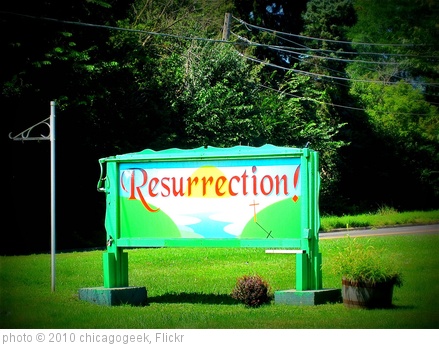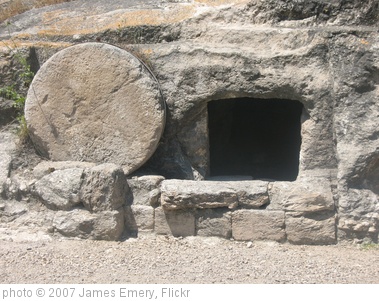 I first read Charles Dickens’ A Tale of Two Cities when I was in ninth grade. Three of us—Christina, Teresa, and I— wrote a chapter-by-chapter summary of the entire book, making our own little study guide to the novel as a school project. We did this before the age of personal computers and before any of us knew how to type. Type written nevertheless but means of the hunt and peck method, I can’t remember exactly what the finished product looked like—it did have a picture of a guillotine on the front— but it was a lot of work.
I first read Charles Dickens’ A Tale of Two Cities when I was in ninth grade. Three of us—Christina, Teresa, and I— wrote a chapter-by-chapter summary of the entire book, making our own little study guide to the novel as a school project. We did this before the age of personal computers and before any of us knew how to type. Type written nevertheless but means of the hunt and peck method, I can’t remember exactly what the finished product looked like—it did have a picture of a guillotine on the front— but it was a lot of work.
The themes of death, burial, imprisonment, rescue and resurrection are woven throughout Dickens’ tale set during the French Revolution and the Reign of Terror. Doctor Manette is rescued from a living death inside the Bastille. Jerry Cruncher is a “resurrection man” who digs up dead bodies to sell them. Charles Darnay is rescued and recalled to life twice during the novel, once when he is on trial in England and again when he is headed for guillotine in France.
But the most vivid representation of death and resurrection comes at the end of the novel when the reprobate Sydney Carton gives up his life to save Charles and Lucy Darnay and to ensure their future together. Carton is walking down the street when he remembers these words from Scripture read at his father’s funeral long ago:
“I am the resurrection, and the life, saith the Lord: he that believeth in me, though he were dead, yet shall he live: And whosoever liveth and believeth in me, shall never die.”
Now, that the streets were quiet, and the night wore on, the words were in the echoes of his feet, and were in the air. Perfectly calm and steady, he sometimes repeated them to himself as he walked; but, he heard them always.
The night wore out, and, as he stood upon the bridge listening to the water as it splashed the river-walls of the Island of Paris, where the picturesque confusion of houses and cathedral shone bright in the light of the moon, the day came coldly, looking like a dead face out of the sky. Then, the night, with the moon and the stars, turned pale and died, and for a little while it seemed as if Creation were delivered over to Death’s dominion.
But, the glorious sun, rising, seemed to strike those words, that burden of the night, straight and warm to his heart in its long bright rays. And looking along them, with reverently shaded eyes, a bridge of light appeared to span the air between him and the sun, while the river sparkled under it.
The strong tide, so swift, so deep, and certain, was like a congenial friend, in the morning stillness. He walked by the stream, far from the houses, and in the light and warmth of the sun fell asleep on the bank. When he awoke and was afoot again, he lingered there yet a little longer, watching an eddy that turned and turned purposeless, until the stream absorbed it, and carried it on to the sea.- “Like me!”
A trading-boat, with a sail of the softened colour of a dead leaf, then glided into his view, floated by him, and died away. As its silent track in the water disappeared, the prayer that had broken up out of his heart for a merciful consideration of all his poor blindnesses and errors, ended in the words, “I am the resurrection and the life.”
On Good Friday, when we are in the midst of death and sin and darkness, it does sometimes seem a if “Creation were delivered over to Death’s dominion.” A blogging friend sent out a tweet earlier today saying that he had “difficulty ‘pretending’ on Good Friday that Jesus is dead.” Of course, Jesus isn’t dead, but as far as imagining the feeling of despair and “being delivered over to death”, I have no trouble whatsoever. Sometimes things in this world are very dark, and the very hope of the resurrection of Jesus Christ and our eventual resurrection with Him is all that keeps me from utter despair.
Thank God for Resurrection Sunday!





